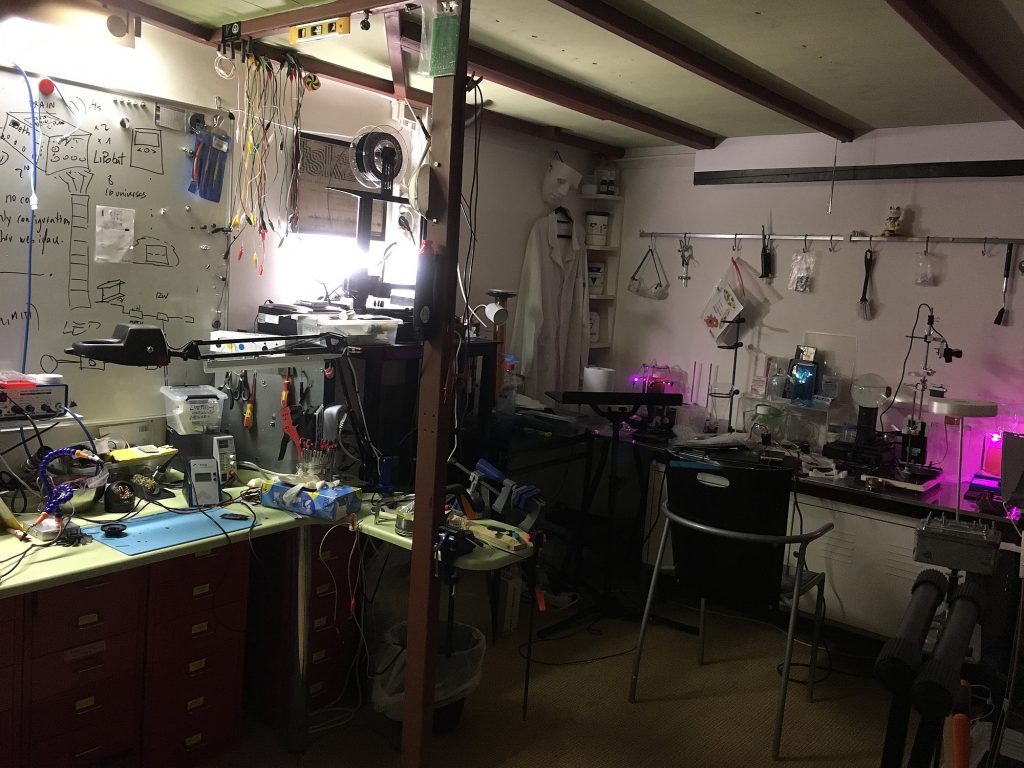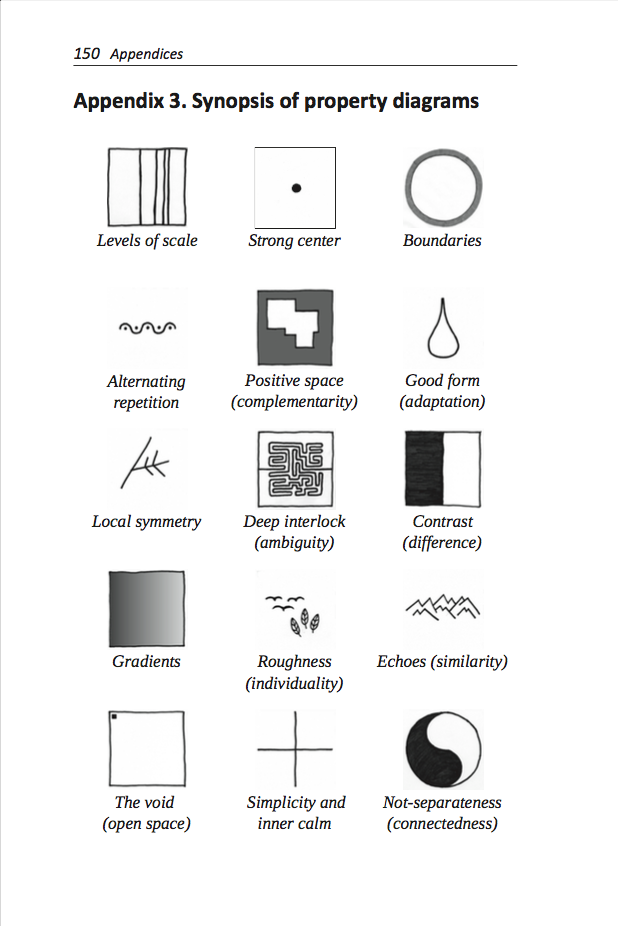Looking for inspiration

In the early stages of my master I went to visit artist TeZ in his studio in Amsterdam. His studio is a pleasantly chaotic mixture of a science lab, sound studio and maker space. I had met TeZ a couple of years earlier and we immediately recognised our mutual interest in body data and different states of consciousness. So for two hours we talked and talked about our fascinations and inspiration. Before I left I asked TeZ who had inspired him the most and would be worth exploring. The first person he mentioned was Christopher Alexander. An architect and theorist of whom I had never heard before. TeZ mentioned living centres and how they form the basis of every design that has the potential to transform the user.
Designing Emptiness
In designing the magic tea ceremony I am looking for ways in which the objects and space can in themselves already prime the mind for the transcendent experience (TX) of Emptiness (connectivity and impermanence). A design which effortlessly relaxes the users and instils in them a sense of openness, curiosity and joy. The hypothesis is that in such a design the technological interventions would land on fertile ground and it will be easier for a TX to happen. The design approach Alexander proposes seem to be able to do this.
The Nature of Order

Alexander’s magnum opus is called The Nature of Order. In four books he explains how every good design has a natural order, wholeness. Wholeness is a healing and life sustaining property. It is present in most natural things and also often found in pre-industrial architecture and artefacts. A designer can create wholeness by skilfully applying the 15 properties defined by Alexander using a process in which they gradually unfold.
How Alexander touches me
What has made the biggest impression on me is the way Alexander explains the coming together of matter and spirit. He actually provides a manual for designing Emptiness. Designs which are whole touch the user. They recognise themselves in the object and feel a deep connection to it. They even feel that there is no difference between themselves and the object. This experience has a huge overlap with the TX of Emptiness. I will explore the connection between Wholeness and Emptiness further in a future text.
The second thing that has inspired me deeply is how the unfolding process of creating wholeness has the ability to heal the maker and is truly pleasing. I want to explore how I can learn and apply this healing and joyous way of working in my own practice. In the next post I will describe how I went about this learning process, which methods I used and what insights they brought me.
Leave a comment